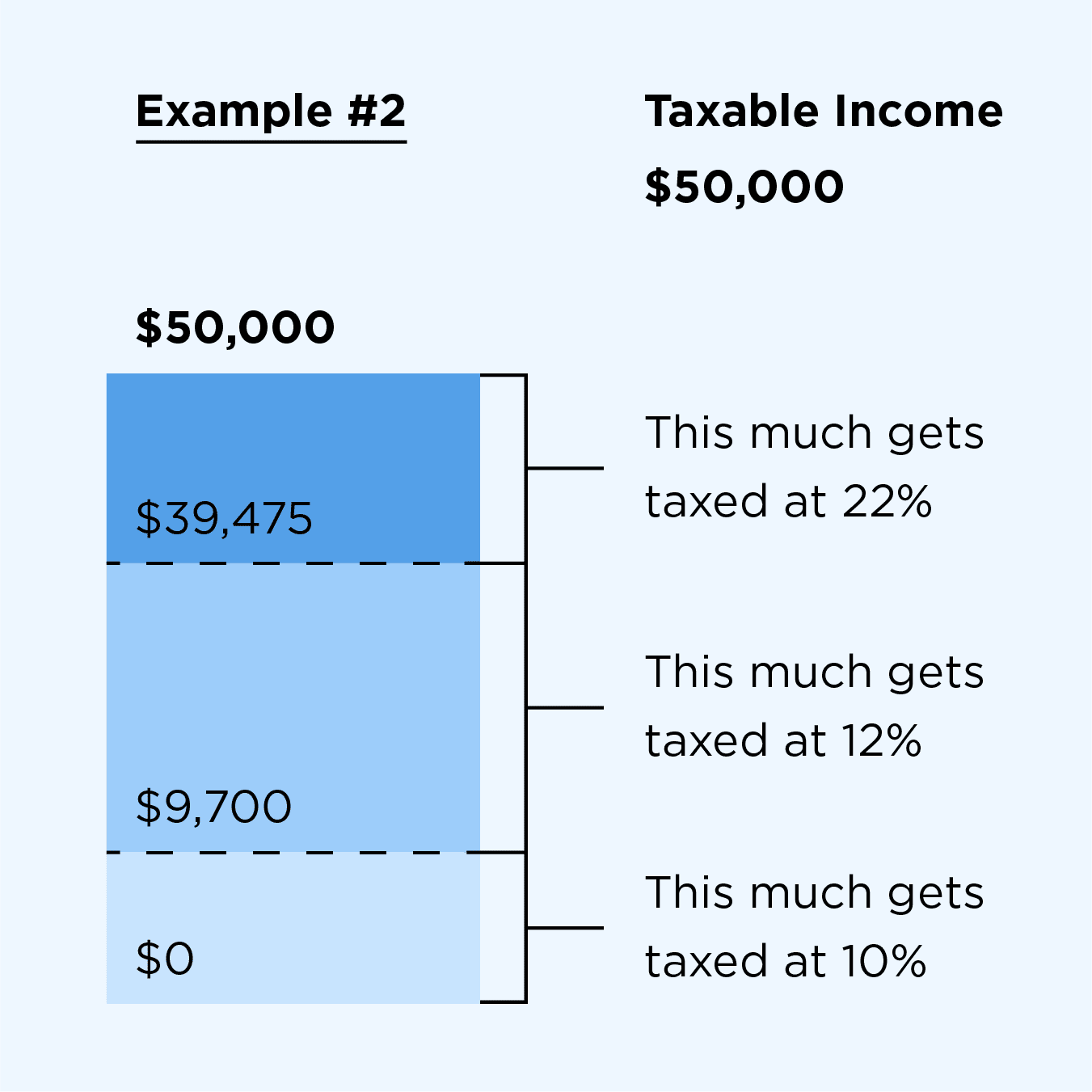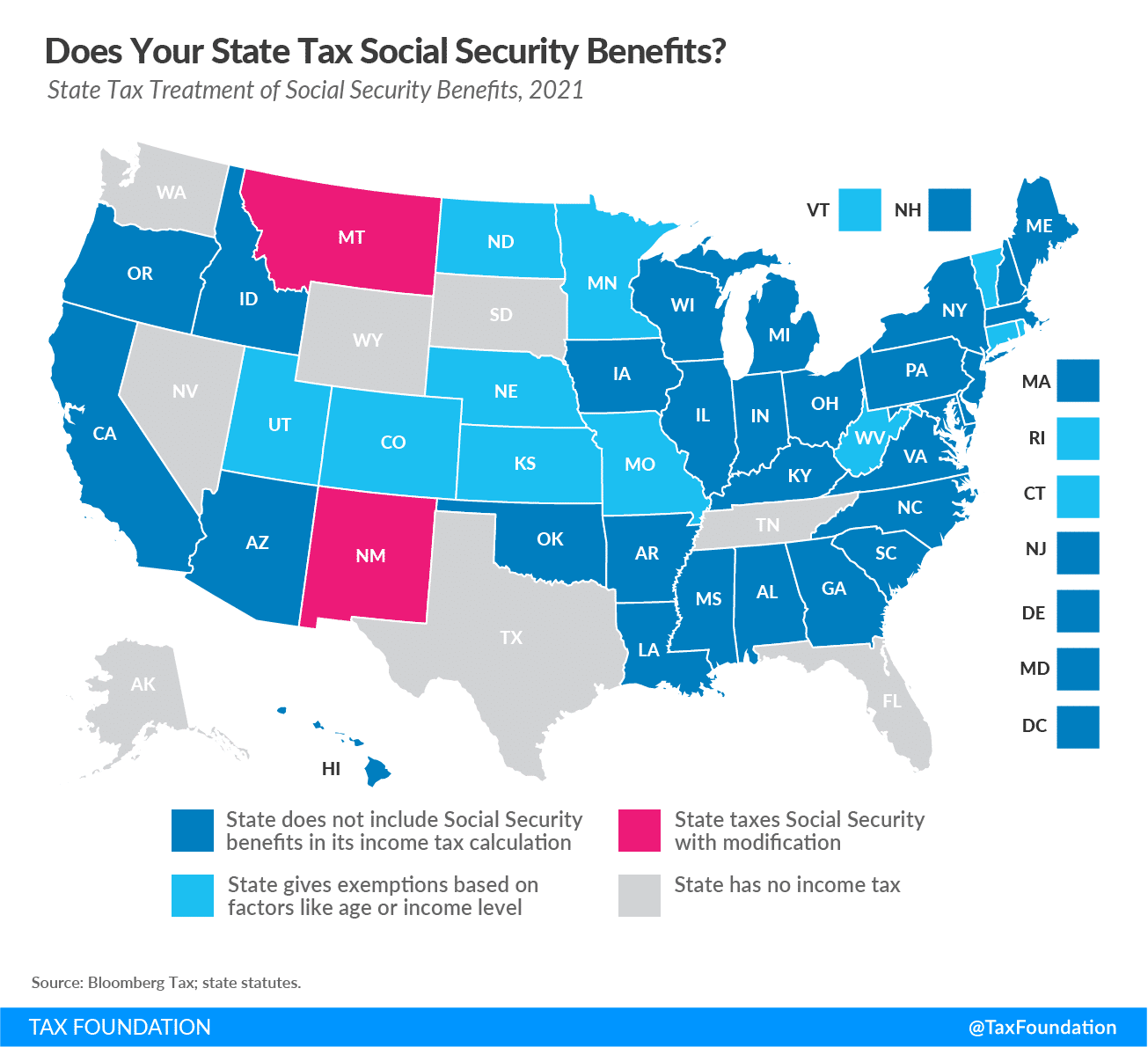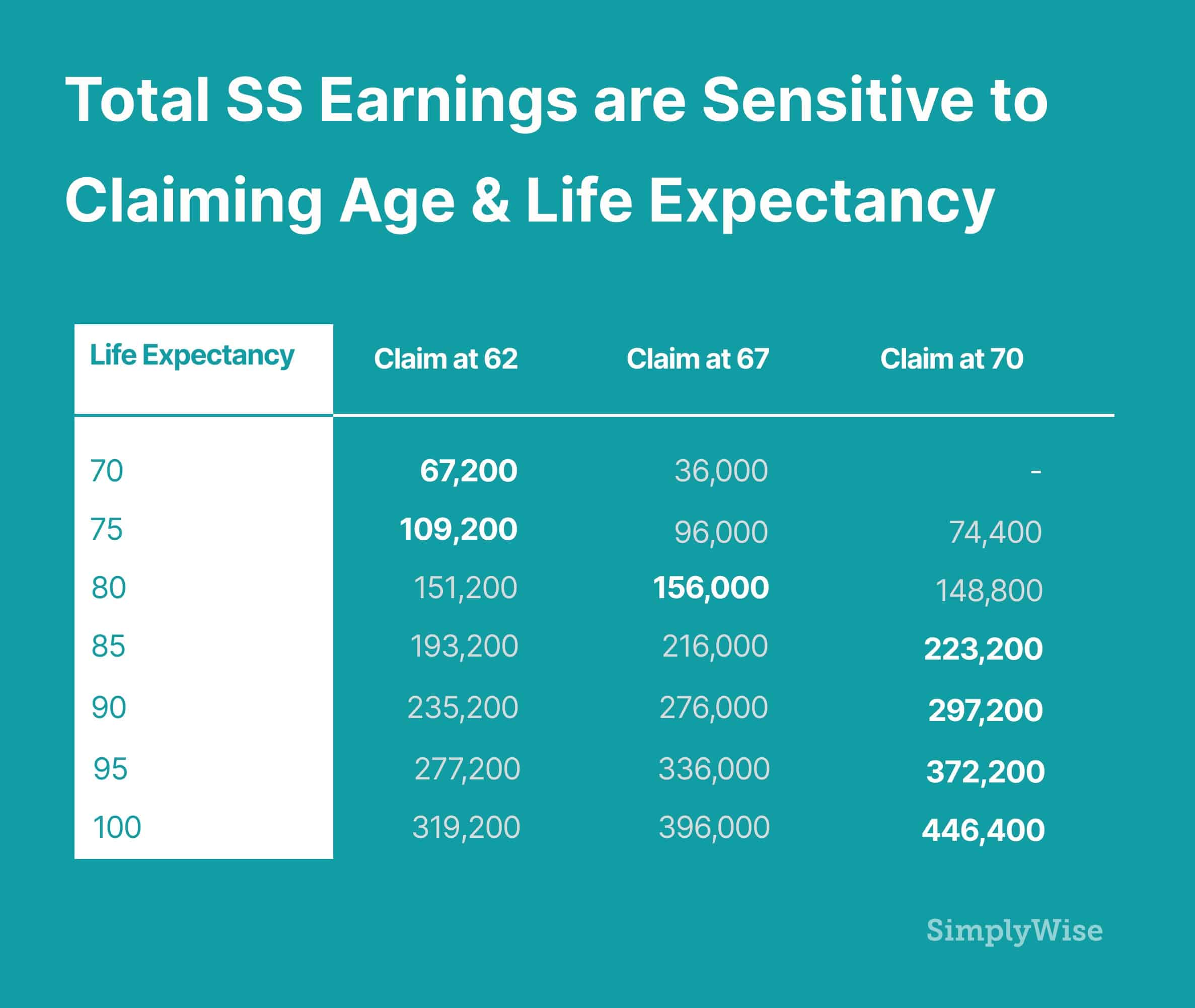Employer’s Social Security Payroll Tax For 2023
The employer’s Social Security payroll tax rate for 2023 is 6.2% of each employee’s first $160,200 of wages, salaries, etc. If an employee’s 2023 wages, salaries, etc. are greater than $160,200, the amount in excess of $160,200 is not subject to the Social Security tax. Hence, the maximum amount of the employer’s Social Security tax for each employee in 2023 is $9,932.40 .
In effect, the employer is matching the Social Security payroll tax withheld from each employee’s wages, salaries, etc. The employer is responsible for remitting the amounts withheld from employees’ wages and the employer’s matching amount to the U.S. government by specified dates.
Contribution And Benefit Base
|
Social Security’s Old-Age, Survivors, and Disability Insurance program limits the amount of earnings subject to taxation for a given year. The same annual limit also applies when those earnings are used in a benefit computation. This limit changes each year with changes in the national average wage index. We call this annual limit the contribution and benefit base. This amount is also commonly referred to as the taxable maximum. For earnings in 2023, this base is $160,200. The OASDI tax rate for wages paid in 2023 is set by statute at 6.2 percent for employees and employers, each. Thus, an individual with wages equal to or larger than $160,200 would contribute $9,932.40 to the OASDI program in 2023, and his or her employer would contribute the same amount. The OASDI tax rate for self-employment income in 2023 is 12.4 percent. For Medicare’s Hospital Insurance program, the taxable maximum was the same as that for the OASDI program for 1966-1990. Separate HI taxable maximums of $125,000, $130,200, and $135,000 were applicable in 1991-93, respectively. After 1993, there has been no limitation on HI-taxable earnings. Tax rates under the HI program are 1.45 percent for employees and employers, each, and 2.90 percent for self-employed persons. |
What Is The Medicare Tax Limit
There is no wage limit for Medicare tax, which is currently 1.45% and applied to all covered wages paid. Both employees and employers must pay this ratethe self-employed owe all 2.9%.
Keep in mind, if youre considered a highly compensated employee, your income is subject to an additional 0.9% Medicare tax . The added tax is applied in these circumstances:
- Single and earn wages more than $200,000
- Head of household and earn more than $200,000
- Qualifying widow with dependent child earning more than $200,000
Recommended Reading: Is Short Height Considered A Disability
What Is The Difference Between Payroll Tax And Income Tax
Payroll taxes have flat rates and are sent directly to the program for which they are intended, e.g., Medicare, Social Security, etc. Income taxes, on the other hand, have progressive rates that vary with total income and go to the U.S. Department of the Treasury, where they may be used to fund various government initiatives. In addition, some payroll taxes have a wage base limit, after which the tax is no longer deducted from the employees wages for the remainder of the year. Income taxes have no such cap.
Get 3 months free* when you sign up for payroll processing today.
* See the Terms & Conditions
Ssi Federal Payment Standard Rises

Social Security recipients who also qualify for Supplemental Security Income benefits will see an increase in the maximum Federal SSI payment amounts in 2023, based on the 8.7% COLA. For individuals, the standard rises to $914 a month from $841 in 2022. For couples, the payment rises to $1,371 a month in 2023 from $1,261 in 2022.
Don’t Miss: How To Know If Your Disability Hearing Went Well
Have A Career Of At Least 35 Years
Not only will you need to be a high earner, but you’ll also need to be one for at least 35 years. Recall that Social Security calculations take into account your highest 35 years of earning to achieve the highest available payout, you’ll need to be at the top of the earning pyramid for over three decades. Specifically, you’ll need to earn at least the maximum taxable wage base for 35 years, although the years can be non-consecutive.
If you’re in your early 60s, don’t feel as though you have no control when it comes to increasing your potential Social Security payout. Adding three to five additional years of highly paid work can go a long way even if you’re nearing retirement, as these additional years of higher earning can replace lower-earning years of minimal or no work earlier in your life.
Earn At Least The Social Security Wage Base In Each Year
To truly maximize your Social Security benefit, you not only have to work at least 35 years, you have to earn a certain amount. The Social Security wage base is the amount of income from which Social Security taxes are withdrawn. Above that level, workers no longer pay Social Security taxes, so those earnings arent used in the calculation to determine benefits.
For 2023, the Social Security wage base is $160,200, and this amount is adjusted annually for inflation. To earn the maximum Social Security benefit, youll have to earn the amount of the Social Security wage base for each of your top 35 earning years, which can be tough to do.
In any given year, only about 6% of workers earn this amount but its necessary to garner the maximum Social Security benefit.
Read Also: Do You Have To File Taxes On State Disability Income
How Fica Tax Or Withholding Tax Are Calculated
The amount of tax your employer withholds from your check largely depends on what you put on your Form W-4, which you probably filled out when you started your job. Here are some things to know:
-
Form W-4 asks about your marital status, dependents and other factors to help you calculate how much to withhold. The less you withhold, the less tax comes out of your paycheck.
-
What you put on your W-4 then gets funneled through something called withholding tables, which your employer’s payroll department uses to calculate exactly how much federal and state income tax to withhold.
-
You can change your W-4 at any time. Just , fill it out and give it to your human resources or payroll team.
Social Security Income Limit 2023
Note: The Social Security earnings limit changes each year. The most current version of this article uses numbers for 2023.
At one of my first speaking engagements, I heard a great story from one of the attendees. Her experience provides us with one of the best examples Ive ever heard of how much the Social Security income limit can catch you by surprise.
A few years earlier, shed been at her bridge club when the topic turned to Social Security. As she and the other card players chatted about the best way to leverage Social Security Benefits, the consensus around the table seemed to be that filing at 62 was the smartest thing to do.
This lady, trusting the advice of some of her closest friends, did just that: She filed for benefits as soon as she turned 62.
She then told me shed always wanted to buy a brand-new Toyota Camry. She figured that, once she started receiving Social Security income, it would be the perfect time to buy the car. She was still working, which meant her Social Security check would be extra income.
As she told the story to me, she bought the car and took out a car loan to do it. She planned to repay the loan using some of the income she expected to receive from her Social Security benefits since she filed for them.
Imagine her surprise, then, when a nasty letter from Social Security Administration showed up in her mailbox. The letter claimed she had been paid benefits that she was not eligible for!
Recommended Reading: How To Check My Disability Status
What’s The Social Security Payroll Tax Limit
The social security payroll tax limit is the maximum amount of income subject to social security tax. The limit is set annually and adjusted for inflation. If this restriction didnt exist, a person earning millions of dollars annually might get tens of thousands of dollars in social security benefits each month.
Simplifying Your Social Security Taxes
During your working years, your employer probably withheld payroll taxes from your paycheck. If you make enough in retirement that you need to pay federal income tax, then you will also need to withhold taxes from your monthly income.
To withhold taxes from your Social Security benefits, you will need to fill out Form W-4V . The form only has only seven lines. You will need to enter your personal information and then choose how much to withhold from your benefits. The only withholding options are 7%, 10%, 12% or 22% of your monthly benefit. After you fill out the form, mail it to your closest Social Security Administration office or drop it off in person.
If you prefer to pay more exact withholding payments, you can choose to file estimated tax payments instead of having the SSA withhold taxes. Estimated payments are tax payments that you make each quarter on income that an employer is not required to withhold tax from. So if you ever earned income from self-employment, you may already be familiar with estimated payments.
In general, its easier for retirees to have the SSA withhold taxes. Estimated taxes are a bit more complicated and will simply require you to do more work throughout the year. However, you should make the decision based on your personal situation. At any time you can also switch strategies by asking the the SSA to stop withholding taxes.
Don’t Miss: Social Security Office Eau Claire
How Do Social Security Claimants Know If They Have To Pay Tax
The SSA mails the statement every January and it summarizes how much you received in benefits the previous year.
If you have not received this form, or if you’ve misplaced it, you can request a new one using your online social security account.
Select the “replacement documents” tab and follow the instructions to order your new form.
If it turns out you do owe taxes on your benefits, you can opt to make quarterly estimated payments to the IRS, or you can choose to have federal taxes withheld when you initially apply for benefits.
You can choose to have either 7, 10, 12, or 22 percent of your monthly benefit withheld for taxes.
What Is The Social Security Income Limit

The earnings limit is also known as the income limit, or the earnings test. The official term is earnings test, but income limit and earnings limit are the terms that youll hear most often.
For our purposes, know that all these terms mean the same thing and there are four quick facts about the Social Security income limit that you should know before we jump all the way into explaining the test or limit:
Don’t Miss: Where To Get Child Tested For Learning Disability
New Cola Takes Effect
The big news for 2023 is an 8.7% jump in the Social Security COLA, which is the highest since an 11.2% increase in 1981. The COLAs steep hike this year is due to the soaring inflation rate, which is also the biggest in 41 years.
The average monthly Social Security payment for all retired workers has risen to an estimated $1,827 from $1,681, the SSA said a gain of $146 a month.
For anyone receiving Social Security benefits, the new payment amount is starting now, January 2023, according to the SSA. For those receiving Supplemental Security Income , the new payment amounts began on Dec. 30, 2022.
One thing to keep in mind: The 2023 COLA of 8.7% wont apply to all Social Security recipients. Some payment increases will be higher than 8.7% and some will be lower due to a variety of factors, including your primary insurance amount and when you sign up for Medicare. The SSA should have mailed COLA notices to beneficiaries providing details on new payment amounts.
Take Our Poll: How Do You Think the Economy Will Perform in 2023?
Keep These Numbers In Mind If You Work And Collect Social Security At The Same Time
Inflation has been driving up the cost of living for consumers of all ages. But seniors on Social Security may be having a harder time making ends meet. As such, a lot of older people have made the tough decision to return to work in some capacity.
The good news is that you are allowed to collect Social Security and also earn money from a job. And once you reach full retirement age , which is either 66, 67, or somewhere in between, depending on the year in which you were born, you can earn any amount of income without it impacting your Social Security benefits.
But if youre working and collecting Social Security simultaneously before reaching FRA, youll risk having benefits withheld if your income exceeds whats known as the earnings-test limit. The good news, though, is that the limit is increasing in 2023, which means youll get more leeway to bring home income from a job without worrying about losing out on Social Security.
Image source: Getty Images.
Dont Miss: Do Taxes Come Out Of Social Security
Also Check: Veterans Thrift Store San Diego
Employer’s Social Security Payroll Tax For 2022
The employer’s Social Security payroll tax rate for 2022 is the same as the employee’s Social Security payroll tax: 6.2% of each employee’s first $147,000 of wages, salaries, etc. If an employee’s 2022 wages, salaries, etc. exceed $147,000, the amount in excess of $147,000 is not subject to the Social Security tax. Hence, the maximum amount of the employer’s Social Security tax for each employee in 2022 is $9,114.00 .
What Other Tax Changes Should You Be Aware Of For 2023
- Although these tax changes will not affect your tax returns for 2022, it’s important to know about 2023 tax changes, because it may affect your tax withholdings, your retirement contributions or other financial decisions throughout the year.
- The IRS adjusts the income tax brackets every year to keep pace with inflation, but because of unusually high inflation, the adjustment for 2023 is more significant.
- You can check your income bracket on irs.gov. If your tax bracket is changing, make sure to adjust your withholding to avoid a big tax bill or refund in 2024.
- In 2023, the contribution limits for 401s, 403s, 457 plans and Thrift Savings Plans have increased to $22,500. Catch-up contributions have risen to $7,500.
- You can contribute an extra $500 to your IRA in 2023, with a total maximum of $6,500.
Also Check: Is Meniere’s Disease A Disability
What Is A Cost
In 1972, Congress added a provision to adjust SSI benefits to keep pace with the amount of money a person might need to maintain basic living expenses in the United States. To determine if there should be a cost-of-living adjustment, the Social Security Administration works with the Department of Labor to analyze the Consumer Price Index for Urban Wage Earners and Clerical Workers . The CPI-W determines how much, on average, employees across the nation pay per month for market expenses: groceries, transportation, clothing, etc.
According to the Social Security Administration, âThe purpose of the COLA is to ensure that the purchasing power of Social Security and Supplemental Security Income benefits is not eroded by inflation.â If inflation rises, a person might need more financial assistance to cover their basic costs of living like their groceries and their housing. Ideally, a COLA can help keep people afloat when the costs of living increase.
Ssa Announces Social Security Taxable Wage Base For 2023
Available at
The Social Security Administration has announced the annual cost-of-living adjustment to the maximum amount of earnings subject to Social Security tax . For 2023, that amount will be $160,200 .
EBIA Comment: Some 401 plans that provide for profit-sharing contributions use the Social Security taxable wage base for their permitted-disparity allocation formulas. The taxable wage base also impacts certain fringe benefits and is relevant when determining the tax savings from a cafeteria plan. For more information, see EBIAs 401 Plans manual at Section IX.C.3.b.iii . See also EBIAs Cafeteria Plans manual at Sections III.D and III.E , and EBIAs Fringe Benefits manual at Section III.D .
Contributing Editors: EBIA Staff.
You May Like: What Is Considered Income For Social Security Disability
What Is The 4% Rule
The 4% rule is a rule of thumb that suggests retirees can safely withdraw the amount equal to 4 percent of their savings during the year they retire and then adjust for inflation each subsequent year for 30 years. The 4% rule is a simple rule of thumb as opposed to a hard and fast rule for retirement income.
What Do Social Security Wages Fund

Social Security tax funds a number of things, including benefits for:
- Retired workers
- Disabled workers dependents
According to the Social Security Administration, retired workers receive an average monthly Social Security benefit of $1,669. Disabled workers receive an average monthly benefit of $1,362.
Social Security taxes also go toward paying for the administration of the program. After paying out benefits and administration costs, there is a surplus. The federal government borrows remaining money from the Social Security fund. The government is responsible for paying interest on the borrowed funds.
Read Also: Can You Go To School While On Social Security Disability
